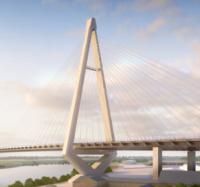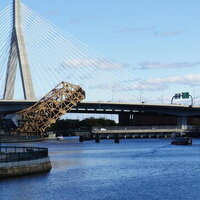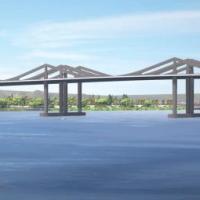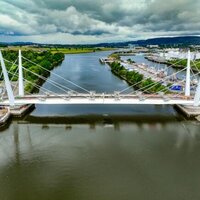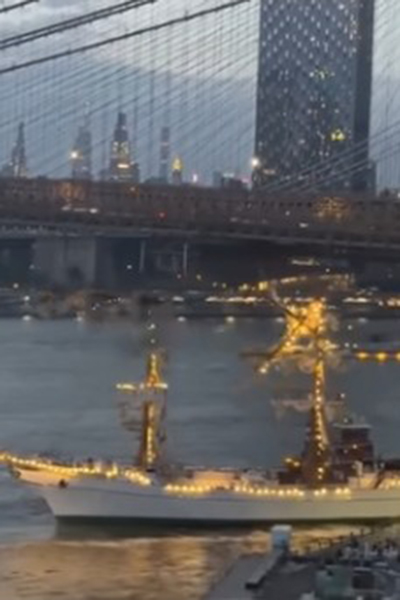
Footage captured the ship's masts snapping upon hitting New York City's Brooklyn Bridge (The Guardian News)
A tall sailing ship collided with the landmark cable-stayed suspension Brooklyn Bridge on 17 May, killing two crew members, critically injuring two, and leaving 19 others hurt. No injuries were reported on the bridge, which carries over 100,000 vehicles and 32,000 pedestrians daily.
“There is no significant structural damage to the loadbearing elements of the bridge,” said Michael Graham, a National Transportation Safety Board (NTSB) member and part of the investigation team. “There is some damage on one of the travellers used to access and survey the bridge, but nothing structural from the bridge is an issue at this point.” The bridge, briefly closed for inspection, has since reopened.
Opened in 1883 as the world’s longest suspension bridge, the Brooklyn Bridge has a 486.3m main span and a 38.7m clearance above high water. The Mexican navy’s training ship Cuauhtémoc, with a 48.7m main mast, was departing a city pier for a cadet training tour to Iceland when it suddenly drifted backward and struck the crossing. All three masts snapped on impact.
The NTSB is working with Mexican authorities to access the ship and begin interviews. A preliminary report is expected within 30 days, with a full investigation taking up to two years.
“We will be looking into three main areas while we’re on scene: first being the crew and the operation of the crew, the vessel and the condition of the vessel, and finally – the environment, including the weather, wind, current and tide,” explained Graham.
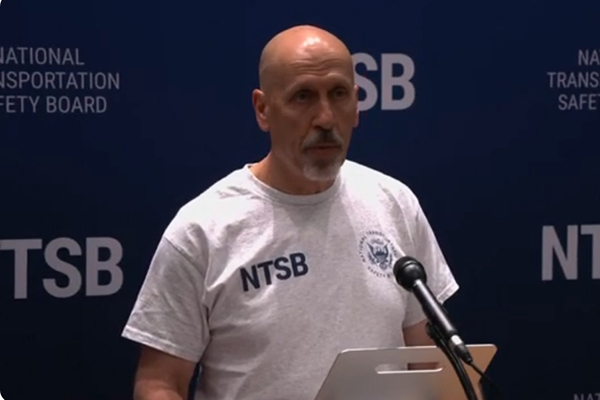 Michael Graham delivering NTSB's first update on the incident investigation (Associated Press)
Michael Graham delivering NTSB's first update on the incident investigation (Associated Press)
Engineer Brian Young, leading the investigation, added: “We will look at the status of the engine, we’ll look for any failures and we will talk to the crew.”
UK-based civil engineer and bridge failure expert Richard Fish called the crash “a tragic incident,” stressing the urgent need to address the safety of large vessels near major bridges. “There are similarities with the Francis Scott Key Bridge collapse in Baltimore in March 2024, where the MV Dali also lost control, but with far more serious consequences,” Fish said, adding: “Although damage to the Brooklyn Bridge appears superficial, this should be another wake-up call to tackle ship-bridge collision risks across both marine regulation and bridge safety.”
The Brooklyn Bridge was one of 68 US crossings flagged by the NTSB for vulnerability assessment after the Key Bridge collapse (Bd&e issue 119). “We have received comments back from the New York City Department of Transportation that they have run the assessment and their calculation is below the [risk of collapse] threshold,” said Graham.

